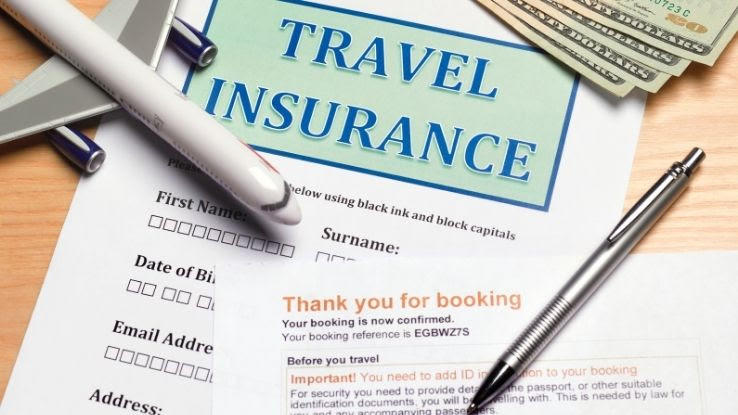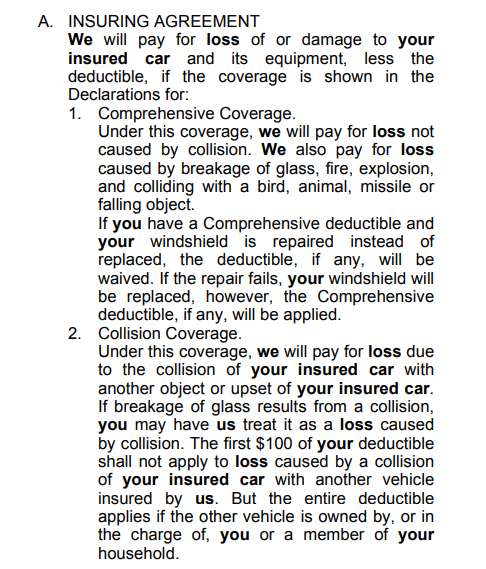How Pacific Prime can Save You Time, Stress, and Money.
How Pacific Prime can Save You Time, Stress, and Money.
Blog Article
Everything about Pacific Prime
Table of ContentsThe Main Principles Of Pacific Prime Pacific Prime for DummiesThe Basic Principles Of Pacific Prime Everything about Pacific PrimeExcitement About Pacific Prime

This is due to the fact that the data were accumulated for a period of solid economic performance. Of the approximated 42 million people that were without insurance, just about regarding 420,000 (concerning 1 percent) were under 65 years of age, the age at which most Americans end up being qualified for Medicare; 32 million were adults between ages 18 and 65, around 19 percent of all grownups in this age group; and 10 million were youngsters under 18 years of age, about 13.9 percent of all youngsters (Mills, 2000).
These estimates of the number of individuals without insurance are created from the annual March Supplement to the Present Populace Survey (CPS), performed by the Census Bureau. Unless otherwise noted, national quotes of individuals without health and wellness insurance policy and proportions of the population with different type of insurance coverage are based on the CPS, one of the most widely made use of source of price quotes of insurance coverage and uninsurance rates.
Pacific Prime Things To Know Before You Buy

Still, the CPS is especially useful due to the fact that it creates annual estimates fairly promptly, reporting the previous year's insurance protection estimates each September, and because it is the basis for a constant collection of quotes for greater than two decades, enabling evaluation of trends in insurance coverage in time. For these factors, along with the extensive use the CPS in various other studies of insurance policy protection that are provided in this report, we rely on CPS estimates, with restrictions noted.

The estimate of the number of uninsured people increases when a population's insurance coverage standing is tracked for a number of years. Over a three-year period starting early in 1993, 72 million individuals, 29 percent of the united state population, were without insurance coverage for a minimum of one month. Within a solitary year (1994 ), 53 million individuals experienced at the very least a month without coverage (Bennefield, 1998a)
Six out of every ten without insurance adults are themselves employed. Working does enhance the chance that one and one's household participants will have insurance, it is not an assurance. Even members of family members with two full-time wage earners have almost a one-in-ten opportunity of being uninsured (9.1 percent without insurance price) (Hoffman and Pohl, 2000).
4 Easy Facts About Pacific Prime Described
New immigrants represent a substantial percentage of individuals without wellness insurance policy. One analysis has actually attributed a substantial section of the recent development in the dimension of the U.S. uninsured populace to immigrants that showed up in the nation in between 1994 and 1998 (Camarota and Edwards, 2000). Current immigrants (those who came to the USA within the previous four years) do have a high rate of being without insurance (46 percent), but they and their youngsters make up simply 6 percent of those without insurance coverage across the country (Holahan et al., 2001).
The connection between health Bonuses and wellness insurance policy and access to care is well established, as recorded later on in this chapter. The partnership in between health insurance coverage and health and wellness outcomes is neither straight nor easy, a comprehensive scientific and health and wellness services research study literature web links wellness insurance policy coverage to improved access to care, far better top quality, and enhanced personal and population wellness standing.
Degrees of analysis for analyzing the effects of uninsurance. It concentrates specifically on those without any health insurance policy for any kind of length of time.
Pacific Prime - The Facts
The problems dealt with by the underinsured are in some aspects similar to those encountered by the without insurance, although they are typically much less extreme. Wellness insurance policy, nonetheless, is neither needed neither enough to gain access to medical services. The independent and direct impact of health and wellness insurance coverage on accessibility to health and wellness services is well developed.
Others will certainly obtain the healthcare they require also without medical insurance, by paying for it expense or seeking it from carriers that use care complimentary or at very subsidized prices. For still others, medical insurance alone does not make certain invoice of treatment due to various other nonfinancial barriers, such as a lack of health treatment providers in their community, restricted accessibility to transport, illiteracy, or linguistic and cultural differences.
Indicators on Pacific Prime You Need To Know
Formal research study about without insurance populations in the USA dates to the late 1920s and early 1930s when the Committee on the Price of Medical Care created a series of records regarding funding physician office brows through and hospitalizations. This issue came to be salient as the numbers of clinically indigent climbed up during the Great Clinical depression.
Report this page